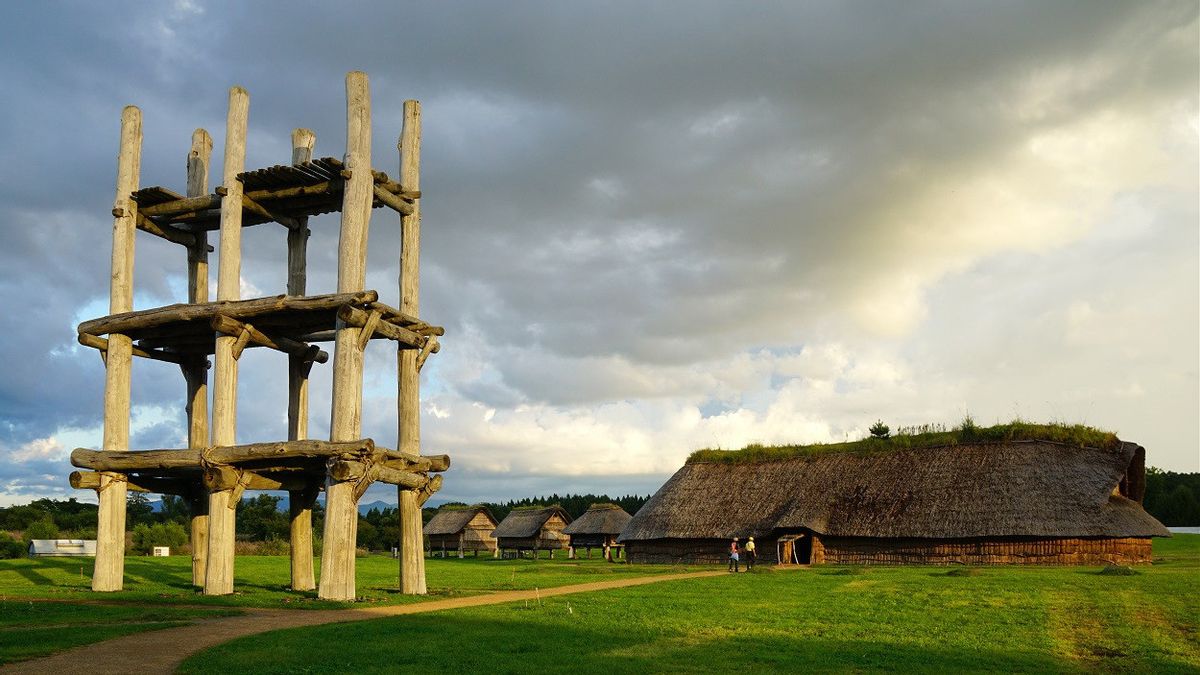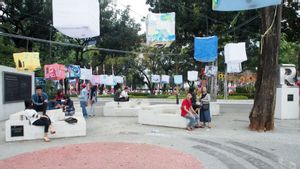JAKARTA - The United Nations Educational, Scientific and Cultural Organization (UNESCO) officially included a group of prehistoric Jomon Era sites in northern Japan, on the list of World Cultural Heritage sites, Tuesday, July 27.
This prehistoric site provides information and knowledge about the way of life of hunter-gatherer communities in the Jomon Era, as well as their spiritual culture and daily life.
According to Kyodo News, the area consists of 17 ancient sites on the northern main island of Hokkaido and the northeastern prefectures of Aomori, Iwate, and Akita, which represent a rare way of life for prehistoric people in permanent residences before agricultural development, the World Heritage Committee said.
Not only that, but these sites also reflect a complex spiritual culture, including rituals and ceremonies developed by the people of the Jomon Era. They continued this way of life without changing the agrarian culture for more than 10.000 years.
The archaeological site of the settled hunter-gatherer society is the oldest World Heritage site in Japan among the 25 listed sites in the Land of the Rising Sun, of which there are 20 cultural sites and five natural heritage sites.

In May, a UNESCO advisory panel recommended that prehistoric sites in northern Japan be added to the World Heritage list, as the ruins assessed provide material evidence of long-term stable settlement on a hunter-gatherer basis lifestyle with abundant food sources.
Among the ruins, the 5.900-year-old Sannai Maruyama Village in Aomori features a large settlement with the remains of large buildings and systematically arranged roads. While the Oyu Kanjo Resseki site in Akita consists of a pair of large stone circles.
"We have finally arrived at this point after working for a long time. I want to share my happiness with our supporters after the recommendation is completed", said Kazunori Takada, who is director of the Goshono ruins museum in Iwate in May.
This year's World Heritage Committee session through Saturday will evaluate candidate sites for 2020 and 2021, as last year's registration of candidate sites was delayed by a year due to the coronavirus pandemic.
Meanwhile, the Japanese Government submitted a proposal for an island chain in southwest Japan for 2020 registration and prehistoric sites in northern Japan for 2021 registration.
SEE ALSO:
To note, among the 25 World Cultural Heritage sites in Japan, five of them are natural heritage sites. Meanwhile, of the 20 cultural heritage sites, 17 of them are prehistoric sites.
Included are two country-specific historic sites, the Sannai Maruyama Site in Aomori, a large settlement around 3900 to 2200 BC, and the Oyu stone circle in northern Akita Prefecture dating from about 2000 to 1500 BC.
The English, Chinese, Japanese, Arabic, and French versions are automatically generated by the AI. So there may still be inaccuracies in translating, please always see Indonesian as our main language. (system supported by DigitalSiber.id)


















